Apple is researching how to move sensors from the bezel, and placing them in the screen itself, making it possible to have edge to edge displays on a future iPhone, or even an iMac or MacBook Pro.
It's what so many iMac users want, and what iPhone users have had — if the bezels around a screen can be reduced, displays can be bigger without increasing the size of a device. Apple has been criticized for the notch on the iPhone, cutting into the display, and the large bezels are all that stop the 2012-era design of the 27-inch iMac from still looking modern.
It's what so many iMac users want, and what iPhone users have had — if the bezels around a screen can be reduced, displays can be bigger without increasing the size of a device. Apple has been criticized for the notch on the iPhone, cutting into the display, and the large bezels are all that stop the 2012-era design of the 27-inch iMac from still looking modern.
A newly revealed patent application shows that Apple is of course looking into bezel reduction. "Sensing System for Detection of Light Incident to a Light Emitting Layer of an Electronic Device Display," is ostensibly about detecting ambient light — but it's really about placing the detector within "an active display area of a display."
"An electronic device can include a display formed from a stack of functional and structural layers (a 'display stack') attached to, or otherwise disposed below, a protective outer cover," says Apple. This isn't a cover as in the Smart Cover, or an extra item that you close over the screen, it's the top of the device, including the bezels.
"[This] protective outer cover defines an exterior surface of a housing of the electronic device," continues Apple. "An electronic device can also include a light sensing system, such as an ambient light sensor. Typically, a light sensing system is positioned below the protective outer cover, adjacent to, and separated from, a light emitting region of the display stack."
And there's the problem. "As a result, a conventional electronic device incorporating both a display and a light sensing system typically requires a large-area protective outer cover," continues Apple, "that extends beyond a periphery of the display stack to reserve space to accommodate the light sensing system."
If you can't put a sensor under the actual display, it has to go on the side. "This conventional construction undesirably increases the apparent size of a bezel region circumscribing the display, while also undesirably increasing the size and volume of the housing of the electronic device," says Apple.
This patent application goes into detail of how an ambient light sensing system interoperates with the rest of a device, but the key part is how it can work without covering up the display. "The individual light sensors of the light sensing system coupled to the controller are disposed or formed directly onto one or more layers of the display stack that defines the active display area," continues Apple.
"More specifically," the patent goes on, "the individual light sensors are disposed in inter-pixel regions of the active display area. [Or] the individual light sensors of the light sensing system are disposed additionally or alternatively along a perimeter of the active display area, adjacent to pixels that define the active display area."
So a screen might show us an image made up of individual pixels, but between those pixels, it is looking out to sense light. Or if it isn't interwoven between every pixel, the sensor might be arranged around the edges of the display.
There is one more suggestion in this patent application, which is that such a sensor could be in the display, but not across the whole screen. "For example," it says, "the light sensing system can include multiple groups of individual light sensors disposed in different portions of the active display area."
That could be that Apple places copies of the sensor in, say, the four corners of the display. "As a result of this construction, the light sensing system may be able to detect light incident to the active display area," continues Apple, "even if one or more of the groups of individual light sensors is occluded or covered by a user."
Apple has investigated similar ideas before, including seven years ago when it applied for a patent about using embedded sensors in an OLED display. Most recently, Apple also applied for an under-display light sensor, which could again reduce the size of the notch.
The notch, introduced with the iPhone X, contains far more than an ambient light sensor. So this patent application can't see Apple moving every element of the notch underneath the display, but it's a start.
This patent is credited to eight inventors, including Mohammad Yeke Yazdandoost, whose previous work on devices includes a patent regarding user input surfaces.
 William Gallagher
William Gallagher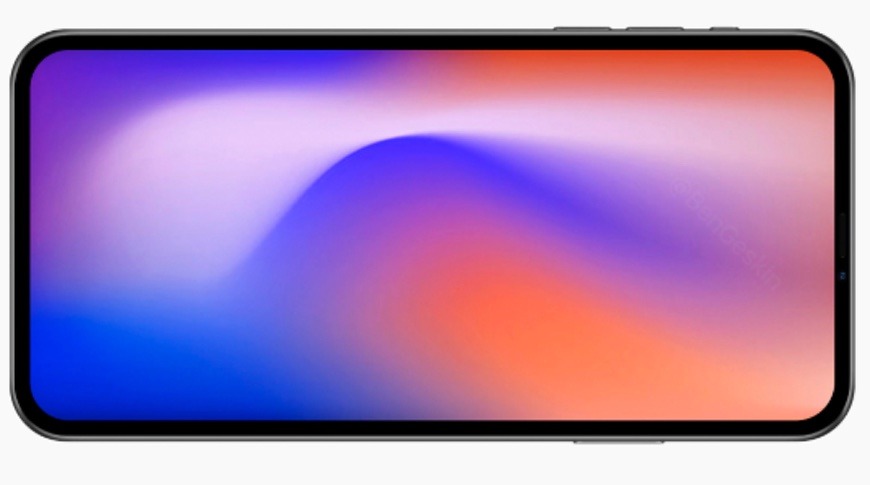








-m.jpg)






 Marko Zivkovic
Marko Zivkovic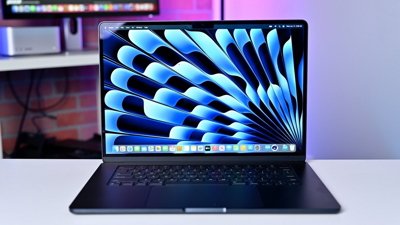
 Wesley Hilliard
Wesley Hilliard
 Christine McKee
Christine McKee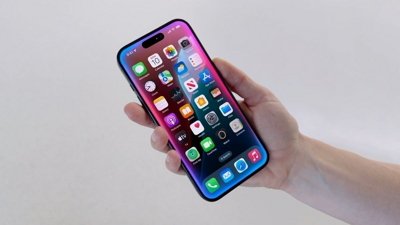
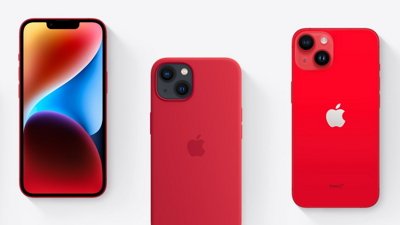
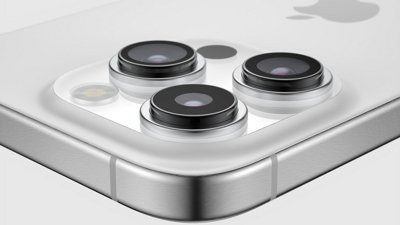
 Malcolm Owen
Malcolm Owen

 Andrew O'Hara
Andrew O'Hara







16 Comments
Never did and still don't understand this incessant need to remove bezels from displays, sure it makes sense in a handheld/mobile device where size and weight are the most important aspects. Whenever you can maximize display size while keeping the overall device size to a minimum, it's a win-win. But for desktop displays!? It's just a geeky wet dream. It's almost as bad as people who drool over the idea of transparent displays.
Move the speaker to the top just like the bottom now, spread the sensors in different areas of the bezel and knot can disappear, maintaining the current bezel size....Hello genius Apple, .... ;-))
Rather than perpetually study and throw money into R&D and fruitless development of tech that others already have, go license their technology
It’s kind of ironic that people spend hundreds of dollars to put “bezels” around their wall mounted artwork but scoff at the idea of having a picture frame around their desktop monitor. There is a fine line between having too much or too little bezel. On a touch controlled handheld device like the iPhone or iPad the bezel is part of the “neutral zone” where touch has no effect, which can really come in handy for holding and gripping the device without unintentionally activating a function or creating an OCD triggering screen smudge. But I also don’t want the screen to look like one of those miniature paintings in a huge frame.
In my mind, devices that have super thin bezels convey a sense of fragility, especially for handheld devices. I just know that if the device ever landed on the fragile looking edge it would be immediately destroyed. If the gripping edges are smooth and rounded, like on my iPhone XS Max, where maintaining a barehanded grip is like grabbing a wriggling grunion in the surf, I feel compelled to wrap it with a protective and grippy case to maintain control of the fragile little bugger. Of course the case ends up obscuring at least some of the device’s fine aesthetics.
Apple sometimes goes to great lengths to create aesthetically pleasing and beautiful devices that end up inducing anxiety and fear-of-breaking-it (FOBI) in their customers. As a result customers immediately commence to undoing a lot of what Apple did in the first place by strapping on sloppy and at times hideous looking device overcoats to hide much of Apple’s aesthetic handiwork. I suppose you could undress your fragile little beauty once you get home, place it on its own velvet pillow, and admire (but don’t touch!!!) it from a safe viewing distance. Maybe that’s what the Apple designers were thinking in the first place and we’re just a bunch of greasy fingered heathens who don’t get “it,” whatever “it” is.